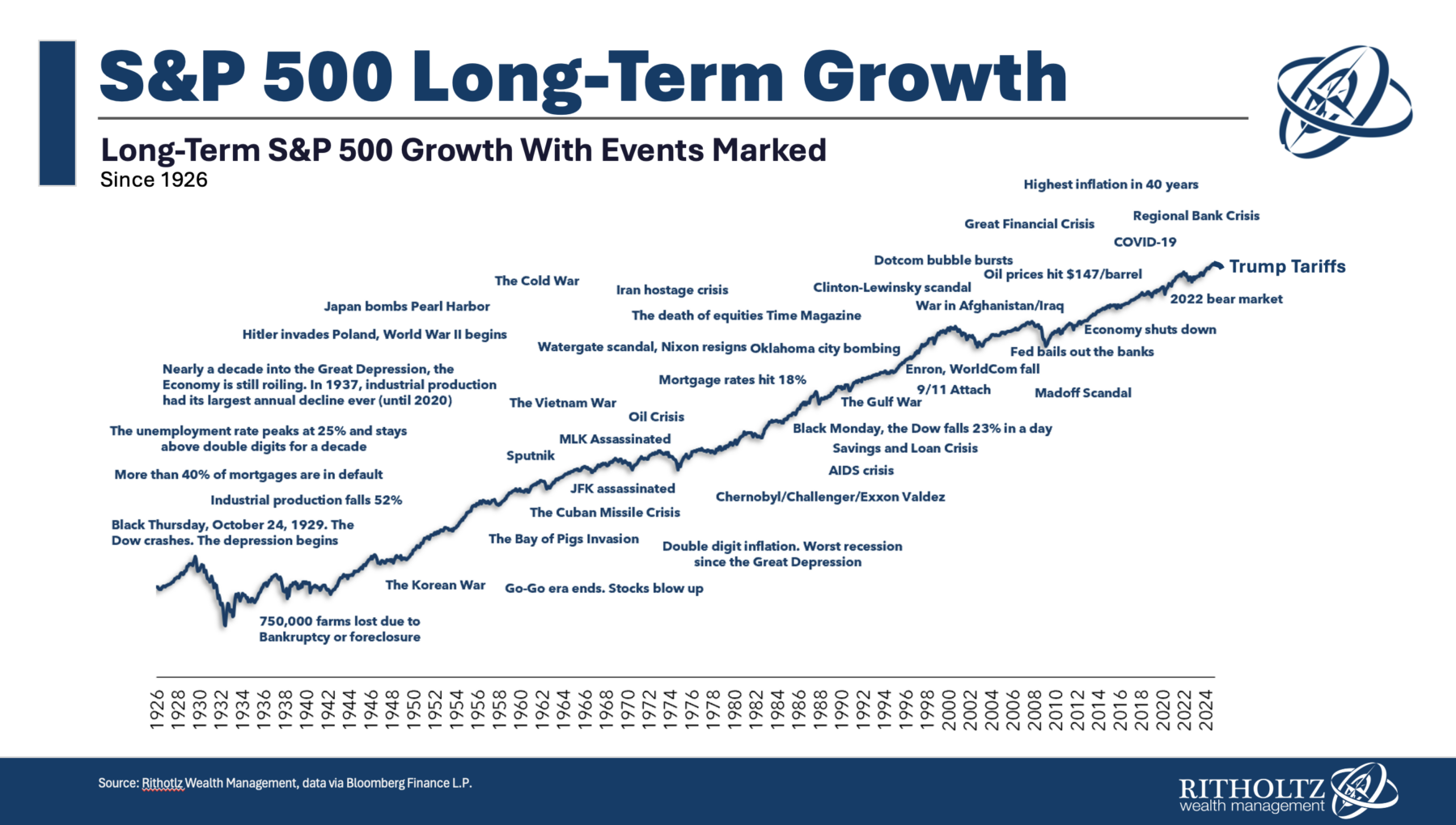Banking crises seem to occur more and more frequently. And the federal government keeps broadening its insurance of bank depositors. I suspect that these two trends are related.
Bloomberg reports that the Fed is backing off from a plan to require higher levels of bank capital, which was formulated in the wake of the March 2023 banking crisis. Instead, the government plans to address the fundamental problem in American banking by doing . . . nothing:
Wall Street banks are on the cusp of a sweeping regulatory victory after Federal Reserve Chair Jerome Powell signaled officials would scale back plans to make them hold more capital.
The world’s most powerful central banker flatly told lawmakers Wednesday that the government’s plan was in for “broad and material changes,” and that a complete do-over was very possible. Powell’s comments appeared to catch even seasoned industry lobbyists off-guard and immediately threw into doubt a signature Biden-era regulatory effort.
Would a future President Trump revive the effort? Don’t count on it:
The political stakes are also high with November’s elections looming. A consolidation of power by Republicans, who have been generally receptive to the industry’s arguments, would further hamstring the effort.
As usual, the industry lobbyists have won. America’s banking system will continue to become increasingly dysfunctional, with more and more frequent banking crises.
PS. You might wonder why a libertarian like me favors higher capital requirements. Actually, I favor complete laissez-faire in banking, with no deposit insurance and no “too big to fail”. But if we do have government backstops for bank depositors, then banks will have an incentive to hold too little capital. When they collapse, taxpayers will be forced to bail out the depositors of failed banks.
















